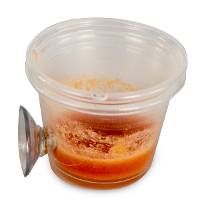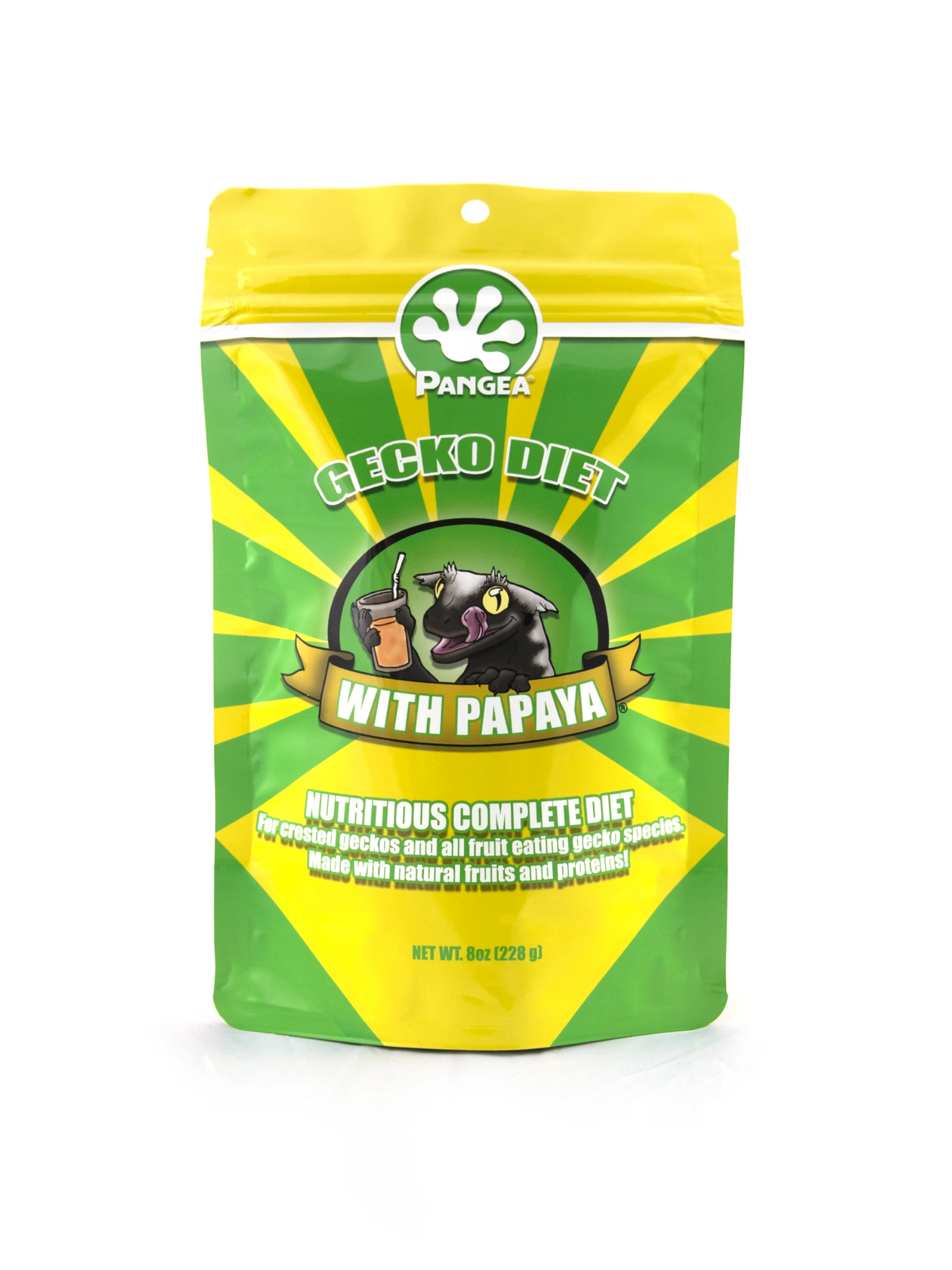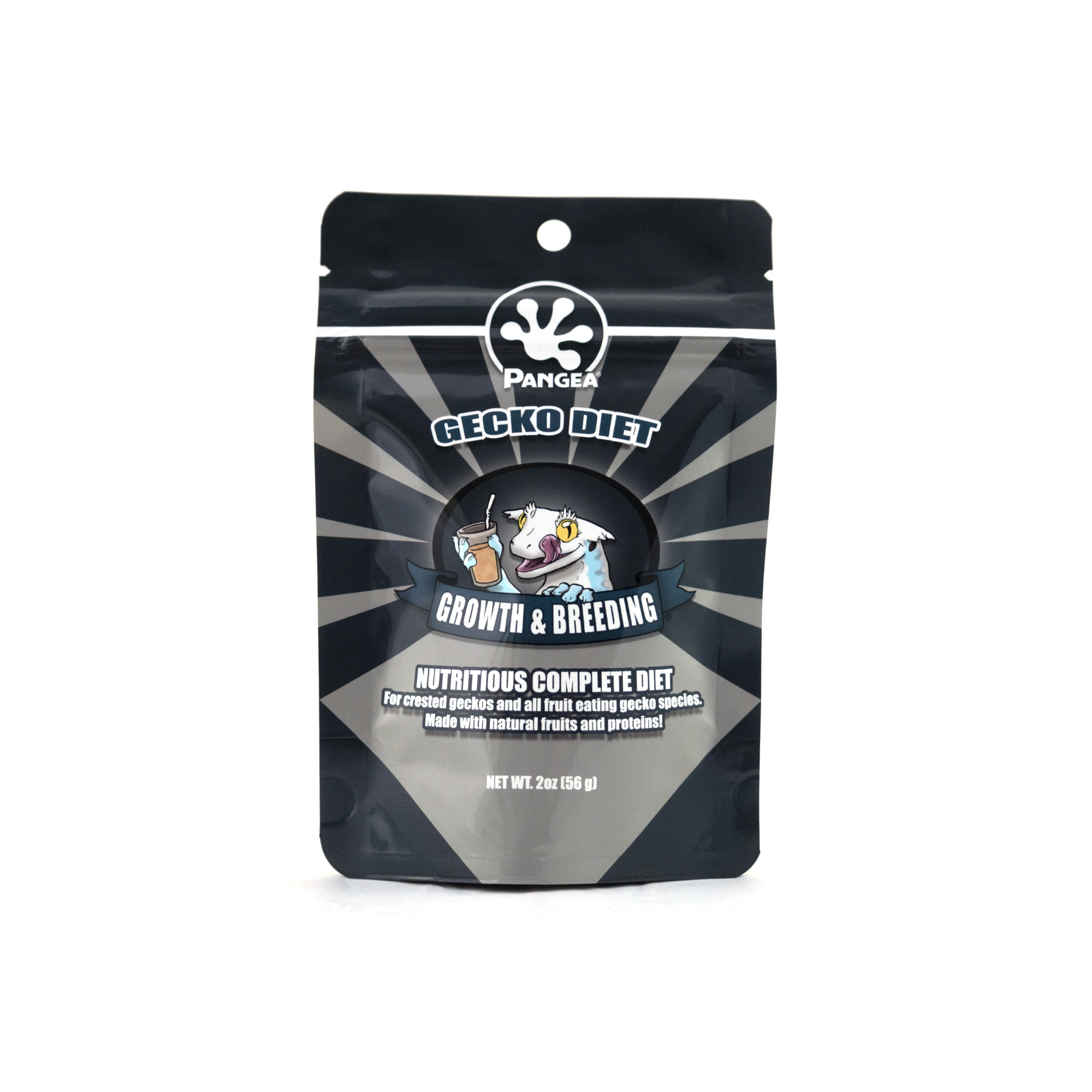Josh's Frogs
Why you should buy from us
Standing’s Day Gecko - Phelsuma standingi (Captive Bred)
Standing’s Day Gecko - Phelsuma standingi (Captive Bred)
$149.99 0.0 out of 5 stars
(0)
0.0 out of 5 stars
(0)About This Product
Defining Characteristics:
- Gray base color with hints of green or yellow in the head and a blue tint to the tail
- Among the largest of extant day gecko species
- Go through a drastic color change as they mature, with babies being much more brightly colored compared to adults
Name: Phelsuma standingi. Standing’s Day Gecko. The name is in honor of Herbert F. Standing, a well-known physician and paleontologist from Antananarivo, Madagascar.
Recommended Enclosure Size & Setup: A single adult Standing’s day gecko should be kept in an enclosure measuring no less than 18x18x24 inches.
Pairs have been successfully kept and bred in an enclosure measuring 18x18x36 inches, but more space is always appreciated. Front opening enclosures are preferred as maintenance is easier and helps prevent escapes.Enclosures should be heavily planted with horizontal bamboo or cork bark pieces spanning the entire width of the enclosure to provide basking spots and good cover to make the gecko feel secure. Tropical substrate should be provided to maintain plants and humidity.
UVB must be provided as this is a diurnal species and will frequently be seen basking throughout the day.
Temperature (°F): Standing’s day geckos should be provided a basking spot of around 90°. This can be achieved with the use of a halogen bulb on top of the enclosure, focused on a branch under the basking lamp. The cooler end of the enclosure should be around 75-80° and can usually be achieved with cooler areas present, further away from the heat source down near the ground.
Keep ambient temperatures between 84-88. Both basking spot and ambient temperature should be measured with a digital thermometer and if possible the hotspot should be controlled with a thermostat.
Humidity: Standing’s day geckos need a humidity range between 40-75%. This can be achieved in a screen top enclosure by daily mistings and deep substrate.
Live plants can also aid in maintaining humidity and a digital hygrometer should be used to monitor humidity levels at all times. A drainage layer could also be utilized to help stabilize humidity and avoid overwatering plants.
Size: Hatchlings start out around 3-3.5 inches in length and can reach an adult size of 8 to 11 inches in just one year! Males generally grow to be larger than females.
All babies sold at Josh’s Frogs are approximately 4 inches in length at the time of sale.
Age: The average lifespan of Standing’s day geckos in captivity is 15-20 years. All Standing’s day geckos sold at Josh’s Frogs are at least 6 weeks old at the time of sale.
Feeding: In the wild, Standing's day geckos mainly feed on insects, nectar, and fruit juices. In captivity, they feed readily on instant crested gecko fruit diet such as Repashy and crickets or dubia roaches. When they first hatch out at Josh’s Frogs,they are given a diet of Pangea two days a week and crickets one day a week - this feeding schedule is kept until adulthood.
As adults, they can be fed Repashy or Pangea once a week and crickets once a week. It is recommended that all feeder insects be dusted with calcium supplements before feedings.
A feeding ledge is strongly recommended for feeding Pangea as these animals are mainly arboreal and rarely go to the ground to feed.
Sexing: Sexing Standing's day geckos can be done around one year of age. Males can be distinguished from females by the presence of large femoral pores found on the hind legs near the base of the tail that turn yellow. In the wild, these pores are used to spread pheromones on tree branches similar to a paint brush to mark territory.
Standing’s day geckos sold at Josh’s Frogs are not generally old enough to be sexed at the time of sale.
Color/Pattern: Hatchlings are very brightly colored compared to adults, with bright green heads, teal or blue tails, and gray banding throughout the body. As they age, the background colors start to expand as the bands fade until they are reduced to spots.
Adults have solid gray bodies with faded green heads and blue tinted tails with gray spots throughout the body.
Social Behavior: Standing’s day geckos should be housed solo unless you intend to breed, as both males and females of this species can be very territorial. Standing’s day geckos can also be very aggressive towards other species, and will readily consume smaller animals. Breeders can be kept together year round but care should be taken as these geckos can be finicky about who they breed with, and conflicts may result.
In the wild, these geckos live as mated pairs on a single tree, with both the males and females being extremely territorial towards other geckos. If any conflicts should arise, the geckos should be separated immediately and housed in their own enclosures.
Breeding: Breeding usually occurs between December and March, which corresponds to the rainy season in their native range. Females will lay multiple clutches of 2 eggs each, roughly every 30 to 70 days, and a single female can produce as many as 12 eggs in a given season. Sexual maturity is reached after about one year and this is when they are likely to start breeding.
These geckos are non-gluers, which means as opposed to certain other species of day geckos, these geckos do not “glue” their eggs to surfaces. They instead lay them in secure places or crevices such as bamboo tubes or in the crooks of plants or tree branches. Because of this, a lay box is not necessary as the female will not utilize it. The eggs can be easily removed after laying and placed in an incubator. Care should be taken removing the eggs as they may be stuck where they are laid. Eggs can also be kept with the adults as these geckos do not show aggression towards their young but caution should be taken to ensure conflicts do not arise as the hatchlings mature.
After removal, ensure the eggs are placed in the incubator at the same orientation in which they were laid, as rotating the eggs can drown the embryo forming at the top of the egg. Incubation at around 82°F with 75%+ humidity will result in the eggs hatching at around 70 days after being laid. Proper humidity can be obtained using slightly damp or moist hatching media such as vermiculite or perlite in a deli cup with a few air holes punched in. Observe the eggs carefully as too much moisture can result in mold that can kill the eggs.
Fertile eggs can be distinguished from infertile eggs by the process of candling. Hold a flashlight up to the eggs and if they glow orange with a red circle near the top it is fertile. That red circle is the embryo starting to form and is a good indicator of the proper orientation of the egg, should it be accidentally turned. Infertile eggs will glow yellow and have no red circle.
Natural Range: Standing's day geckos originate from the drier parts of Madagascar, specifically the Andranolaha, Sakahara, and Zombitse-Vohibasia National Park regions of southwestern Madagascar where they are often found in thorn forests usually high up in the trees.
History in the Hobby: There are some passionate breeders who are actively working with Standing's day geckos, due to their outgoing nature and beautiful coloration, and they are starting to get quite popular. These geckos are listed as Vulnerable according to the IUCN’s Red List so care should be taken to only purchase captive bred individuals. Originally these geckos were only wild caught back in the 1990’s but captive breeding efforts have made that much less common. Josh’s Frogs has had great success in this endeavor and is committed to providing captive bred individuals which fare much better in captivity compared to wild caught counterparts.
Links of Interest:
- ReptiFiles - Standing’s Day Gecko Care Sheet
- Reptiles Cove - Standing’s Day Gecko Care Sheet
- LLL - Standing’s Day Gecko
Still not sure if the Standing's day gecko from Josh's Frogs is the right pet for you? Read the reviews below and see what other customers are saying!
Shipping
After placing an order containing a live animal, you will receive a scheduling email containing our JotForm scheduling link to schedule your new pet's delivery date.
With this scheduling link, you will be able to schedule your order's delivery up to 30 days in advance. You will be able to choose a date of delivery for Tuesday-Saturday (Saturday arrival depends on the carrier's service availability) with the estimated time of arrival generally being 12pm, or 4:30pm for more rural areas. Overnight lows must be above 40°F to ship directly to you (or above 30°F for FedEx Ship Center pickups) as well as below 90°F by estimated time of arrival.
If you require further assistance, or prefer to talk to one of our Customer Service agents, please feel free to reach out to our [email protected] email or our phone line 1-800-691-8178.
Customer Reviews
0.0 out of 5 stars
Review data
5 star reviews
- 0%
4 star reviews
- 0%
3 star reviews
- 0%
2 star reviews
- 0%
1 star reviews
- 0%




